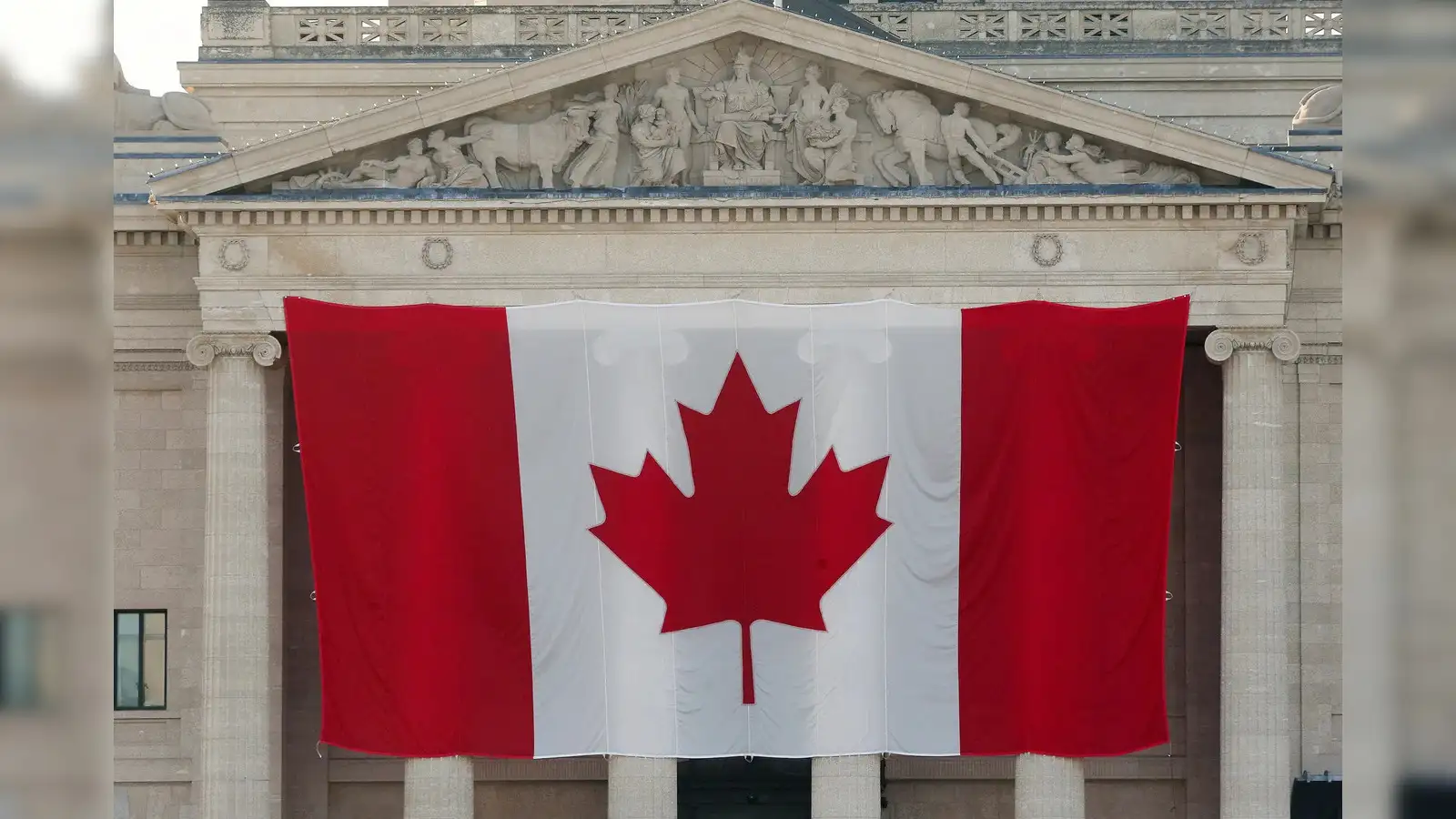Elon Musk introduced Tesla’s much-anticipated Cybercab, a futuristic autonomous vehicle, at an event held at Warner Bros Studios in Burbank, California. The vehicle, designed with two wing-like doors and no steering wheel or pedals, represents a significant step in Tesla’s self-driving vehicle plans. The event, titled “We, Robot,” was centered on the future of autonomous transportation.
Musk highlighted the potential for fully autonomous vehicles to enhance safety and provide owners with the opportunity to generate income by offering rides. However, he set a production timeline of before 2027, which has raised questions about whether Tesla will meet this ambitious target. Musk acknowledged the optimistic nature of the timeline, saying, “I tend to be optimistic with time frames.”
Challenges with Pricing and Production
Musk also stated that the Cybercab would be priced under $30,000 (£23,000). However, analysts expressed skepticism about the feasibility of meeting this price point. Paul Miller from Forrester Research noted, “It will be extremely difficult for Tesla to offer a new vehicle at that price within that timescale. Without external subsidies or Tesla making a loss on every vehicle, it doesn’t seem plausible to launch at anything close to that price this decade.”
Tesla’s Path to Full Autonomy
Musk outlined plans for fully autonomous driving technology in Tesla’s Model 3 and Model Y vehicles, with expectations for availability next year in Texas and California, depending on regulatory approval. However, regulatory approval is far from certain, and safety concerns remain prominent.
Samitha Samaranayake, an associate professor at Cornell University, raised concerns, saying, “It is a big chunk of metal driving on roads at high speeds, so safety concerns are big.” Tesla’s approach to autonomy relies on using cameras, as opposed to radar and Lidar sensors, which many competitors use. This has led some experts to question whether Tesla’s system can provide the necessary safety guarantees.
Delays and Competition
The Cybercab project has faced delays, originally expected for release in August. Musk attributed the delay to changes in the vehicle’s design. Meanwhile, other companies, like Waymo, have already begun operating robotaxis in select U.S. cities, adding pressure on Tesla to accelerate development. In addition, the electric vehicle market overall is facing a slowdown in sales growth, with Tesla potentially on track for its first decline in annual sales.
Expanding Tesla’s Transportation Vision
In addition to the Cybercab, Musk also revealed another prototype vehicle: the Robovan, a shuttle designed to carry up to 20 passengers. Musk envisioned the Robovan as a potential transportation solution for the future, saying, “Can you imagine going down the streets and you see this coming towards you? That would be sick.”
Industry Reactions and Uncertainty
While Musk’s event featured high levels of showmanship, experts remain cautious about the practicality of Tesla’s ambitions. Jessica Caldwell, head of insights at Edmunds, commented that Musk’s vision was an optimistic portrayal of the future, but she noted, “Many questions remain about how this will be achieved from a practical standpoint.”
Challenges in the Robotaxi Sector
The broader robotaxi market has faced its own challenges. Cruise, the self-driving subsidiary of General Motors, recently had its operations suspended in San Francisco following an incident involving a pedestrian. Despite these setbacks, the industry is continuing to expand.
In early October, Waymo announced that it would add the Hyundai Ioniq 5 to its robotaxi fleet after successful testing of the technology. Additionally, Uber is pursuing a strategy to incorporate more autonomous vehicles into its fleet, having entered a multi-year partnership with Cruise.
Global Expansion and Competitor Growth
Meanwhile, Baidu, the Chinese technology company, is looking to expand its robotaxi service, Apollo Go, beyond its current operations in China. As the robotaxi market develops, the competition among Tesla and other players is expected to intensify, with all eyes on how the sector continues to evolve.
(INCLUDES INPUTS FROM ONLINE SOURCES)
ALSO READ: Did The US Engineer Hurricane Milton Or Is Climate Change To Blame?






















